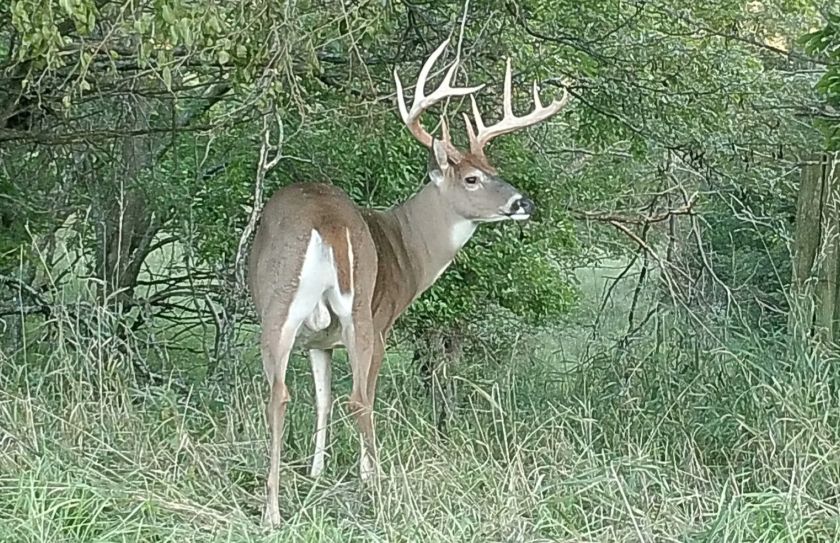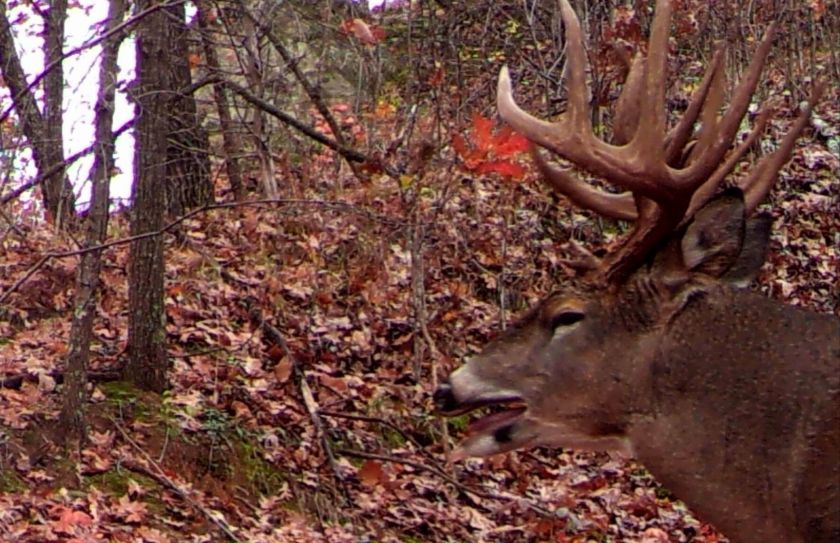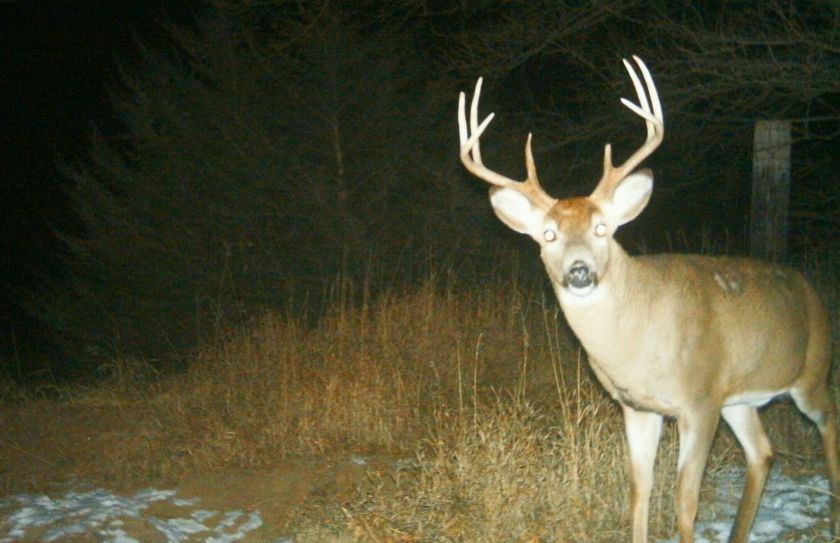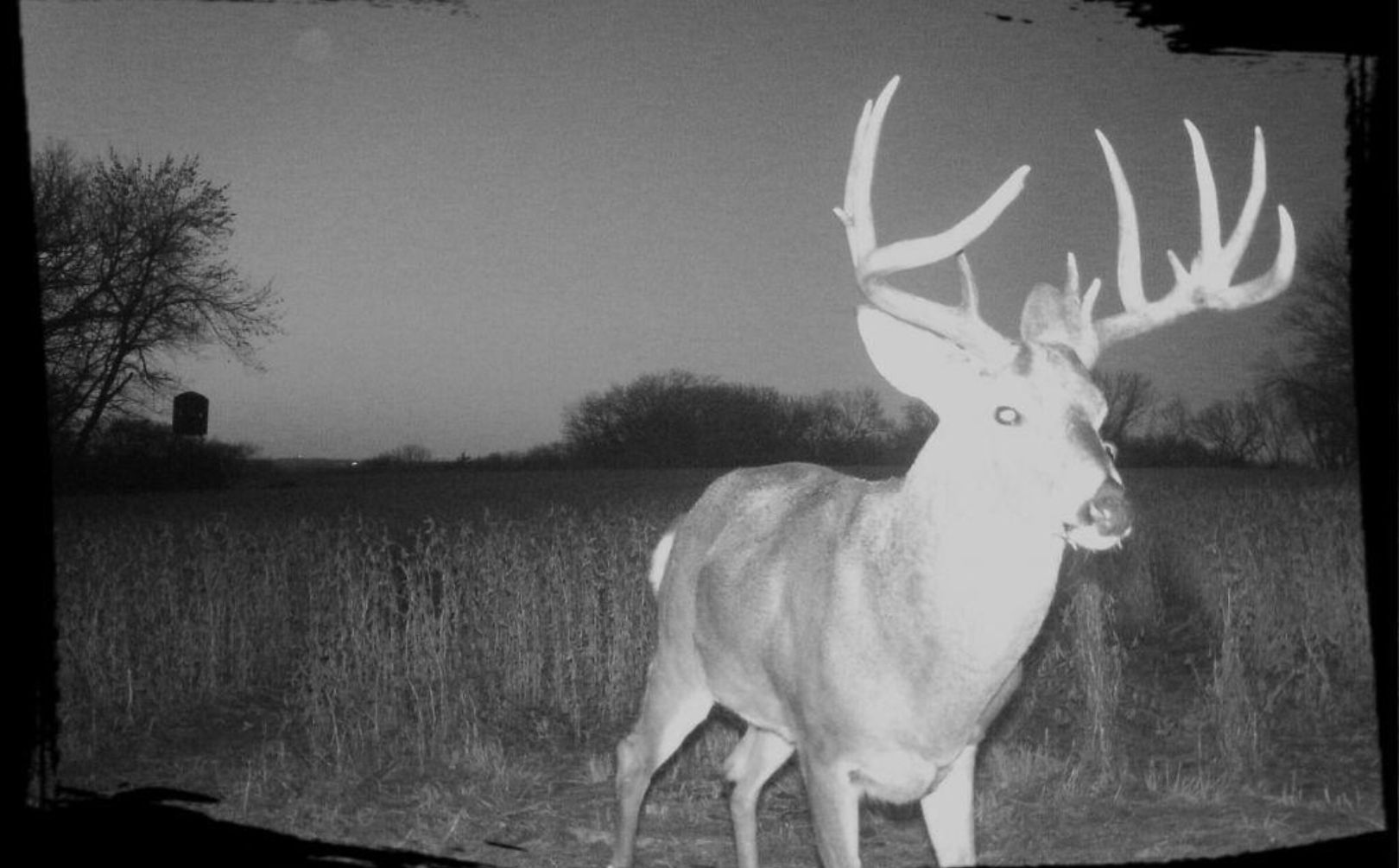
In the world of whitetail hunting, where would we be without the November deer rut? Of course the annual rut plays a large part in the demise of the majority of mature bucks harvested each season, but it also plays a crucial role in the potential advancement of the management of your small parcel. Your herd, hunting and habitat dreams are built or broken during the November deer rut, so it pays to prioritize the most important deer month of the year.
*Speaking of the November rut, make sure not to miss reading my, "2015 Whitetail Rut Forecast".
Here are 5 November deer rut priorities that you should be focusing on for the entire year, let alone the entire rut.
1. Food
However you can make sure that your land's food sources are at their best during November, you need to make sure that the forages are planted, waiting and ready. Hinge cuts and timber regenerations are great for daytime bedding areas, but can be completely ignored if those potential daytime bedding areas are not supported within close proximity by quality food sources. How close is close enough? If there is quality cover on lands between you and the November deer rut preferred food sources of peas, oats, rye, turnip, radish, rape or corn; your land may be too far away from the game of rutting activity to significantly matter.
2. Bedding Cover
Once you have substantially supported your habitat with enough quality Fall food, the deer will be attracted to the land and stay; if you have enough cover to hold them. But all cover is not created equal! In some portions of the whitetail range it is nearly impossible to create cover that is too thick, and in other locations a buck's daytime bedding area should be spacious enough to drive an ATV through. But as a general rule, if you can see more than 30-50 yards in most direction within your habitat, it isn't thick enough.
Another great guide is that if your land is attractive for Summer mature buck bedding...it is not thick enough for their preferred Fall Habitat. Mature bucks require a much thicker blend of habitat during the Fall than they do during the Summer, including the Summer hang outs of shaded mature hardwood canopies.
In large ag areas mature buck's will seek and tolerate some of the most confining deer cover in the country, and in large wooded and wilderness areas, they will seek much more open and spacious bedding opportunity. There is a balance that needs to be properly assessed and saying that "one size fits all" would be no different than a shoe story carrying onky size 8s.
3. Lines of Deer Movement
Food is critical, and so is bedding cover; however the combination of both gives the savvy landowner the ability to control an entire neighborhood of daytime deer movements. Mature bucks have a 3 mile home range during the night, but often inhabitat 10-20 acres or less during the day. Although you will most likely never have the ability to successfully control an entire 24 hours of buck movement during the November rut, the potential is very high for you to be able to do so during the day. The most predictable deer movement in the woods is when deer travel from their daytime bedding areas, to their evening destination food source. By focusing on November food and November bedding areas, you can not only dictate where mature bucks choose to focus on your own land, but often times within the entire neighborhood.
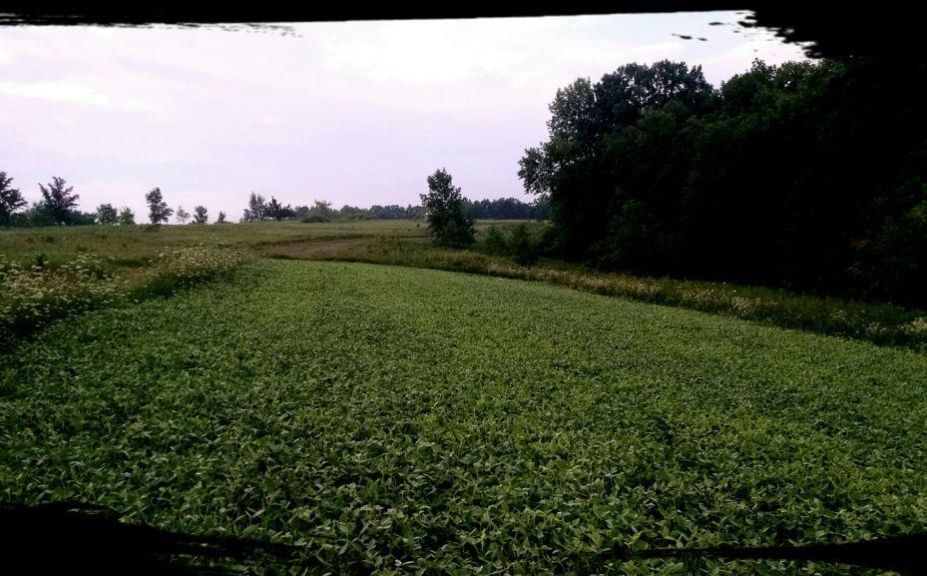
*Secure lines of deer movement during the November deer rut, are critical for your quality whitetail herd efforts. What is a line of deer movement? To find out, try reading "Whitetail Lines of Movement".
4. Zero (almost) Hunting Pressure
Once you have quality Fall food, cover and strong movements between you are well on your way to creating the most attractive small parcel in the area. But attraction combined with hunting pressure is worth very little. In fact the higher the level of attraction for your land, the greater the number of deer that you can potentially spook. By keeping your November deer rut hunting efforts to strictly mature bucks you will accomplish the first important step, but it is critical that your hunting efforts are at the most non-invasive, predatory efforts that they can be. Why? Because finding quality bedding to food source lines of deer movement is pretty tought during November, but finding those same movements that aren't destroyed by hunting pressure is nearly impossible. By being the only one in the area to "have it all", you can easily create a signficant focus for all of the mature bucks in the area. I have experienced many times that lands as little as 30-50 acres have the ability to attract, hold mold and shape the quality of the herd for over a 1/2 mile in any direction.
5. Mature Buck Harvest Time
September, early October, mid to late December and January are still great times to harvest mature bucks, but they are also great months to target mature does if needed. However, keeping an absolute "no doe" policy for the entire phase of the November deer rut - including late October - is an important step to prioritize for your herd, habitat and hunting efforts.
Conclusion
The November rut is when your hunting and habitat game should be at it's very best. Herds aren't build in June, they are built during November. Is your land at it's best for this year's November deer rut?
